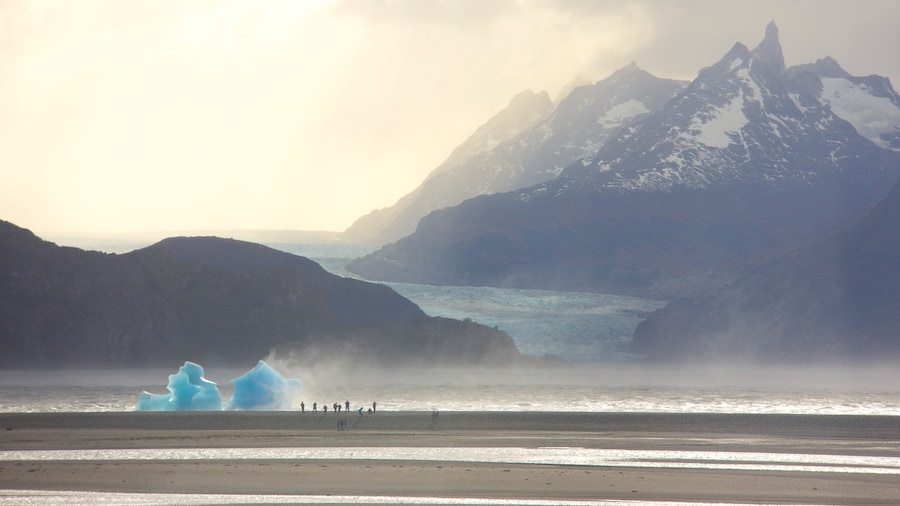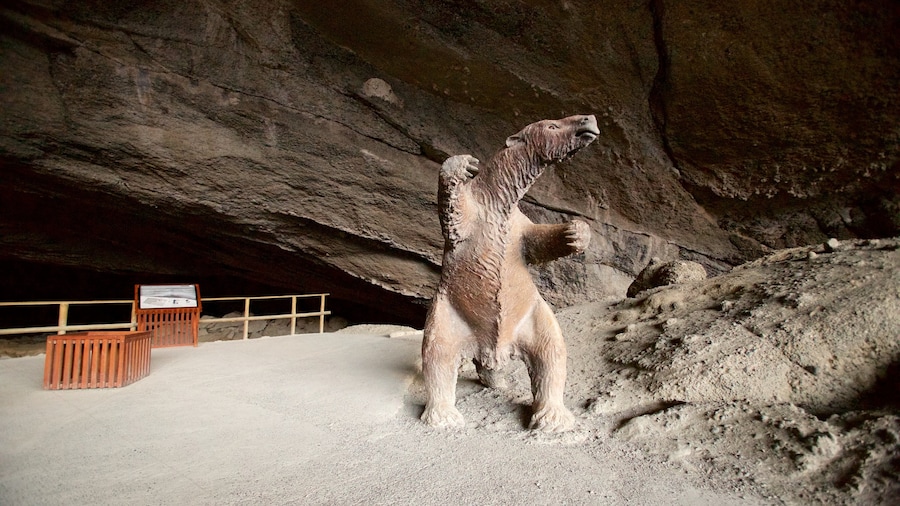Witness the breathtaking beauty of the region at the end of the world, where the rocky faces of the Andes mountains tower over glaciers, rivers and forests.
Chilean Patagonia is a land of wide open spaces, untouched and untamed by human hands. Over half the region is a protected wilderness, with several national parks preserving its spectacular natural beauty. Experience the thrill of life at Patagonia's extremes, from the giddy heights of its mountains to the raging white waters of its rivers.
The region is divided into three sections, with the Lake District in the north sitting above the long strip of Aysen Patagonia and Magallanes Patagonia, the southernmost point of Chile.
The main city in the region is Punta ArenasOpens in a new windowin the south and is often the first port of call for visitors to Patagonia. Learn about the seafarers and pioneers who populated Patagonia at the Museum of Memory and the Naval and Maritime Museum.
Stand in awe of the landscapes in Torres del Paine National ParkOpens in a new window, where stone pillars jut dramatically into the sky. Soak in the springs of Puyehue National Park or hone your photography skills in Queulat National Park.
Hear the groaning of slowly shifting ice at San Rafael Lagoon. Boat trips drift around the spiky formations of the eye-catching glacier, which cuts through surrounding hills into the lake.
Traverse the coastline of Chilean Patagonia on the Carretera Austral. The road stretches through some of Patagonia's most impressive scenery for 770 miles (1,240 kilometers) and the region's most active visitors will enjoy cycling along its gravel tracks.
The vast and diverse landscapes of Patagonia are home to a wide array of animals. Watch thousands of penguins waddle along the rocks of Isla Magdalena. Peer through binoculars for sightings of pumas, foxes and condors in the region's national parks.
The most regular flights to Chilean Patagonia from Santiago travel to Punta Arenas, Puerto Natales and Puerto Montt. Visit from November to early March for the best chances of good weather or escape there in the temperate spring months to see the spectacular wildernesses without another soul in sight.






















